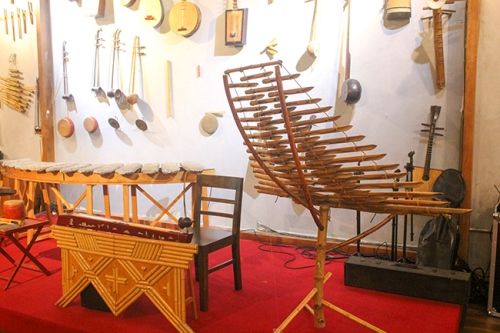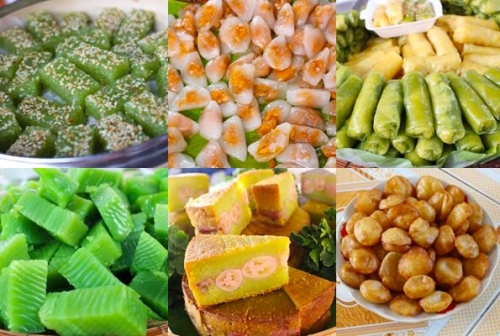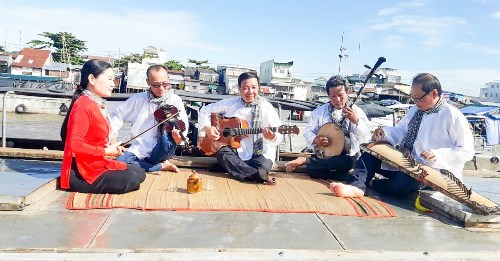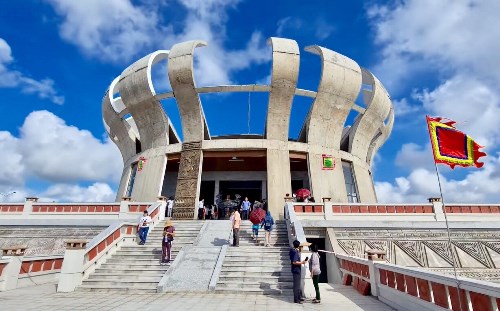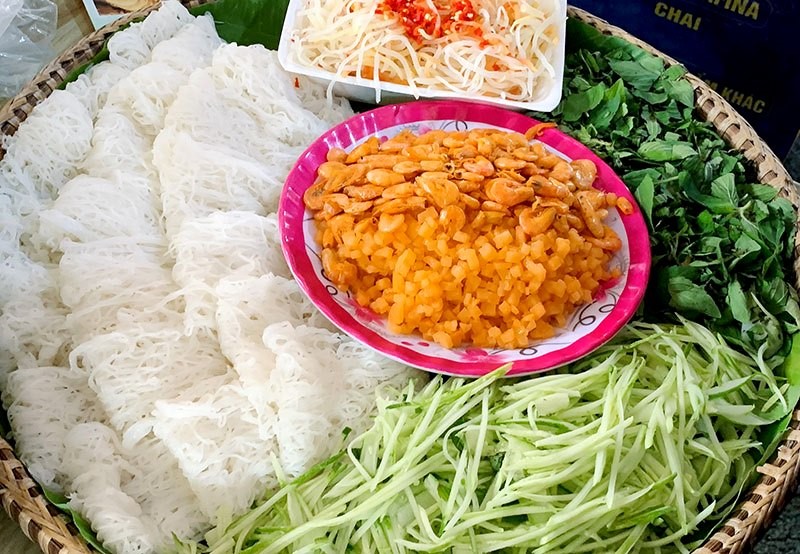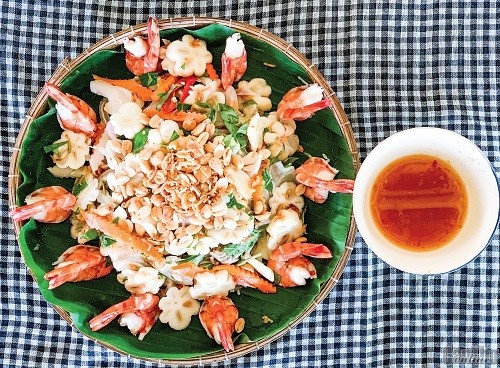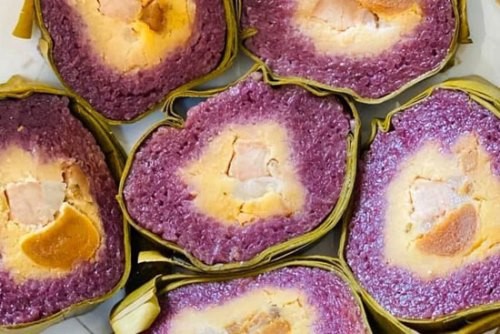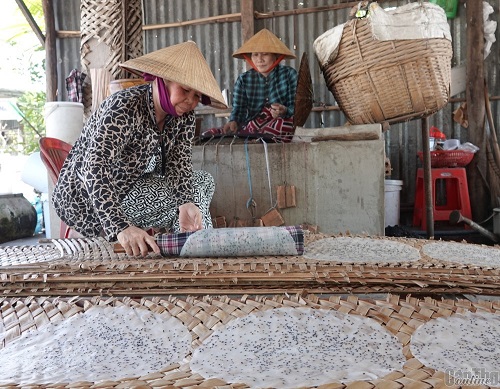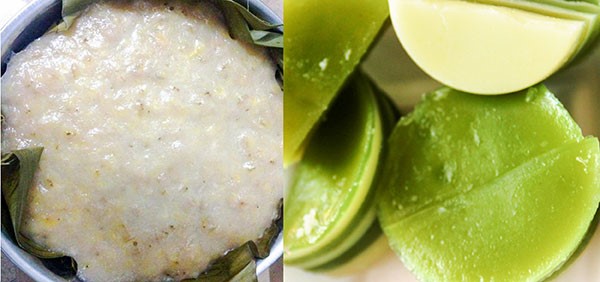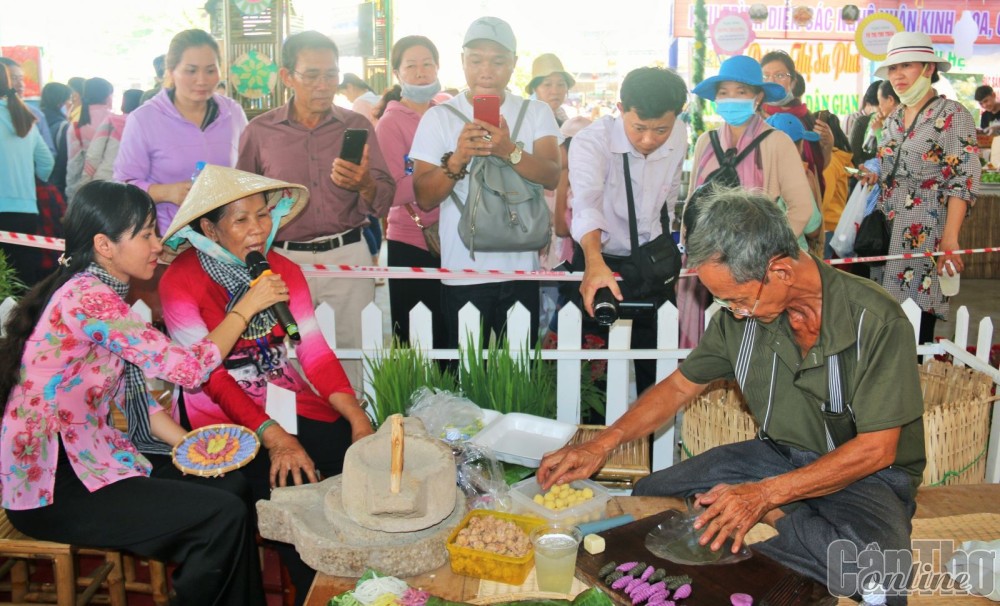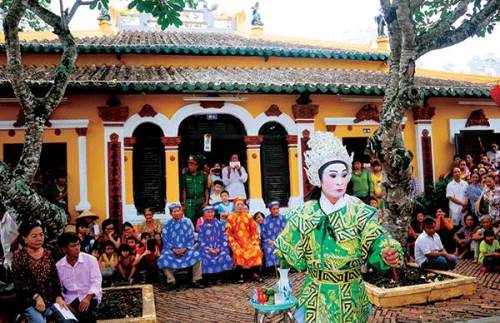
As recorded in many different documents, the practice of thurification started when early humans made fire and burning plants spread out their distinctive scents. Later on, men learnt how to use plant fragrance to treat sicknesses and drive bad spirits away in addition to warm their living space. Thurification has been said to originate from ancient Egyptian and Babylonian civilizations. At that time, incense was made from the resin of Boswellia serrata usually found in the southern Arabs and Somalia. Along with the development of trade, ancient people in western civilizations started to burn incense for various purposes. In dynasties of Sheba, Hadramaout and Qataban, Egypt became rich due to its fragrance export.
It is recorded that the ritual of burning sandalwood was practiced in India in ancient time. Through the spread of Buddhism, thurification appeared across the Southeast Asian countries. In his book The Categorized Sayings from the Van Terrace (Van Ðai Loai Ngu), scholar Le Quy Don stated that in ancient times, Chinese people burned animal sacrifices, then imitated the practice of incensation in India. In Phan Ke Binh’s Vietnamese Customs (Viet Nam phong tuc), incense stick originated in the western India, and thurification means praying to drive devils away. Formerly, people used to burn a mixture of aromatic grass and animal fat to worship their king's ancestors. In the reign of Emperor Wu of Han Dynasty, the emperor ordered generals to lead the army to fight against Hon Gia (in western India). After the opponent King had surrendered, he presented Emperor Wu with a gold statue of god to place in Cam Toan Palace. People in Hon Gia used incense instead of cattle for their worshiping the god. Then the practice of incensation came into being.

People prepare incense for the death ceremony of the patriotic poet Phan Van Tri. Photo: Duy Khoi
Another theory has suggested that incensation was directly introduced into Viet Nam from India. It was said that Zhang Tan, head of Jiaozhuo, regularly burned incense in the Cat Lap Vihara to read the Book of Documents. Since then the incense offering custom has probably started. Along with the development of Buddhism, the practice was more and more popular (1).
In addition to showing the host's sincerity to the gods, incensation in a family shows family members’ as well as their spiritual mutuality with the ancestors. People believe that the incense smoke in the curled shape and the pleasant scent represents the sacred connection between human life and the Heaven as well as a bridge between human beings on Earth and ancestors and gods in the Heaven.
For offerings to the Buddha, people usually present: Powdered Vicks plant (huong bot), incense stick (huong dot), and aromatic substance on the incense stick (Do huong). Additionally, some other aromatic plants can be used as sandalwood (used to clear bad spirits), agarwood and some Indian aromatic grass (used for food and medicine.)
Burning incense or candles (generating fire and smoke in general) signifies a wish for god interactions. In primitive times, as soon as people learnt how to create knowledge, they wanted to explain the natural and social phenomena. However, because of their limited scientific knowledge, they thought of gods. Some ethnic people thought that the divine gods were in high places. They also believed that gods directly dominate many aspects of life; therefore, they sought for the sense of spirituality (to communicate with gods). It was not until people found fire that they gradually noticed whenever they set fire, the smoke always drifted upward. Since then, by the historical development of the society and the perception, people drew a conclusion that they could use fire to communicate with gods. Such a lot of traditional festivals originating from an early period took place around the fire. Through fire and smoke, people aspired to convey images and movements to the Heaven and pray for: The reciprocity of Yin and Yang, the well-grown vegetation and so forth. Up to now, many festivals of the ethnic Vietnamese have still taken place around the fire.
In such a more and more civilized society, expressing gratitude to the elderly is performed in many ways, yet all rituals must have fire and smoke, to a certain extent, represented by incense and candles. Incense offering serves the purposes of presenting fragrance, conveying prayers and indicating the righteous minds. Therefore, Vietnamese people are very anxious when visiting any pagodas without offering incense. Nonetheless, people early understood how to offer incense to primarily express their inner wishes. It is a taboo for Vietnamese people to offer a bunch of incense sticks on the altar, because the dense smoke is often associated with the impurity which means being disrespectful and uneducated. The number of incense sticks depend on the purpose of the visit to a pagoda. The pure sincerity to the Buddhas and Gods or tam huong is represented by offering one incense stick (mot nen). When visiting pagodas, they offer three incense sticks (ba nen huong), which indicates a positive change (2).
Number One is considered to be the foundation and the starting point for everything. Offering one incense stick explicitly implies something in sharp contrast to nothing. The meaning of one incense stick is "something is better than nothing." In addition, Number One is The Origin. Although not clearly shown, it is the start of every form of life; once the development process is over, it eventually turns to end up as Number One. Therefore, Number One is the active origin, the Creator God, the symbol of existence, the origin and the end of everything. Therefore, Number One is a sacred number itself. Moreover, it is the nature of all phenomena, which is unique before being divided in accordance with the principle of "monism". In other words, Number One manifests unified symbols of the wheel, the zodiac and other symbols. Those are thought to possess extremely powerful spiritual energies.
Number Three is the result of one plus two. In the figurative sense, it implies: One is broken into two, both of which cooperate/ integrate into its ward/ outcome. This child is a combination of his parents’ characteristics, which totally resembles Number Three, a sum of One and Two. As can be seen, Number Three is of the “Three - One” feature of every living creature. It is also considered to be the origin, the integration of the sides and the contrasting components. Thus, in most cultures, there is a basic number known as the “perfect” number of completion and fulfillment without adding anything to it. These are Three Fortunes: The Heaven, The God and The Child of The Heaven and The Earth. Three Jewels of Buddhism, namely The Buddha, The Dharma and The Sangha are practiced by all of the Buddhists. Offering three incense sticks manifests the completion and fulfillment; therefore, there is no need to show reverence with one or more incense sticks.
As mentioned above, incensation is only meaningful via people’s respect, not by the incense quantity. As for ancestors, the Heaven and Buddha, one or three incense sticks are adequate. Thurification is not only to offer incense but it is of a cultural and moral significance. Furthermore, it signifies a point of view on human life and cosmology as being practiced as thurification which requires certain time and terms; as well as rituals like praying, offering, stooping along with presenting occasional things.
Overall, incense is the fragrance. Incense and fire signify reverence in the communication with gods (5). Therefore, either being at home or a pagoda or any other spiritual places, you should only offer the sufficient number of incense sticks. Too many sticks will make the ambience suffocating, and definitely be wasteful.
(1) https://nhangsach.wordpress.com/2012/11/09/66/. Access date: February 23rd 2019
(2) Many authors (1998). Questions and Answers about Vietnamese Culture. National Culture Publishing House, Journal of Culture and Arts, Ha Noi, p.225-227.
(3) Huynh Ngoc Trang (2019). Cultural Stories. Ho Chi Minh City General Publishing House, p.114-116.
(4) Thich Thanh Due, Quang Tue and Tue Nha (2005). Incense Offering Rituals and Custom. National Culture Publishing House, p.4.
(5) Many authors, cited book, p.228
Source: Can Tho News. Translated by Ngoc Diep





